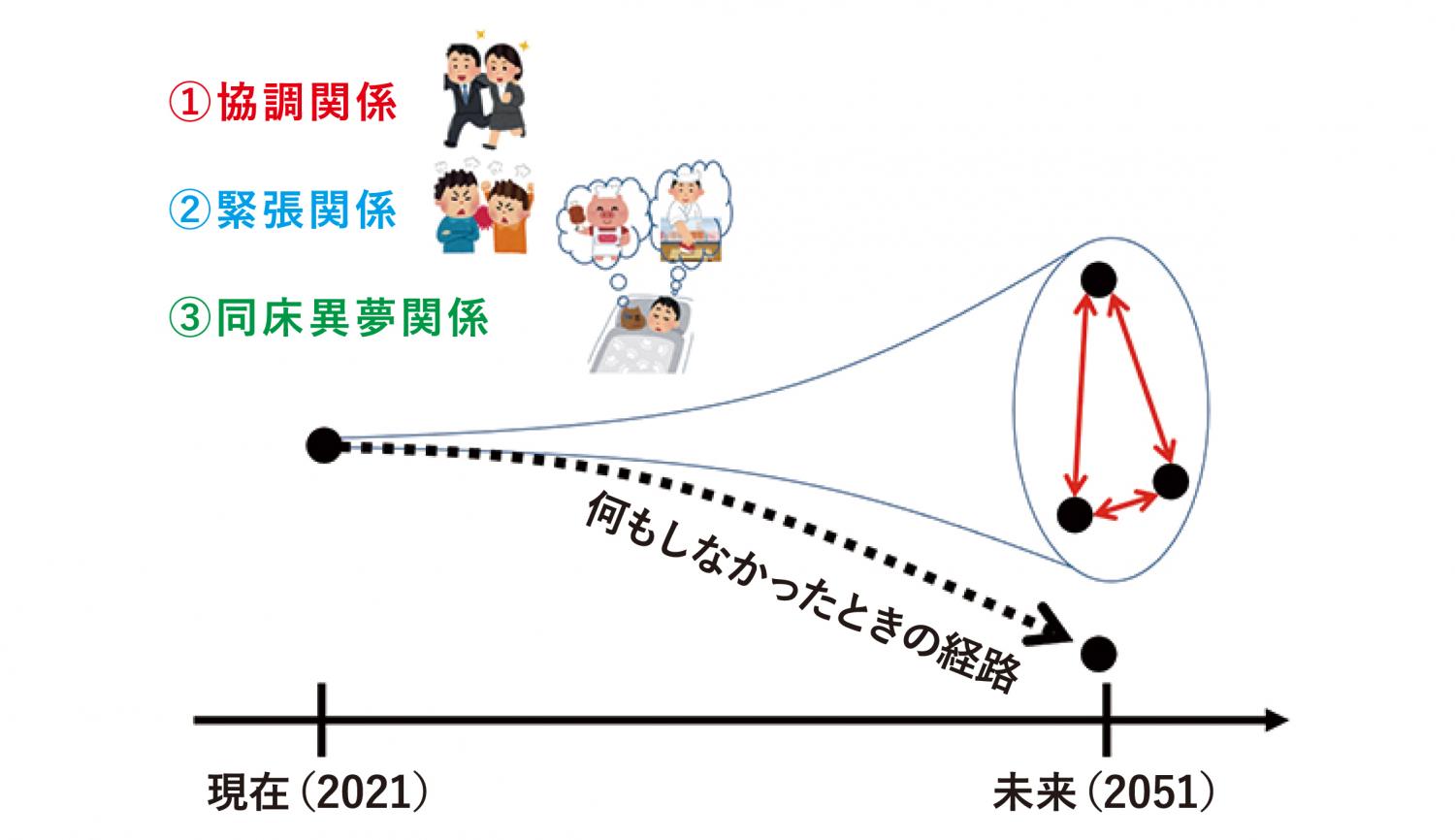
Fisical Year Completed
2024
Future Design Project
Development and Pluralistic Coexistence of Sustainability Visions Through Future Design
Abstract
Our goal is to formulate a vision of a sustainable society that incorporates the perspectives of its future populations and to develop methods that apply this vision. Since future populations do not exist presently, it is impossible in principle to incorporate their perspectives. Therefore, we are trying to capture these future perspectives into scientific language.
News
-
{{ data.disp_date }}
{{ data.content }}
Project Leader
NAKAGAWA Yoshinori
Evaluation by an external evaluation committee
Research schedule
| 2021 | 2022 | 2023 | 2024 |
|---|---|---|---|
| FS | FR1 | FR2 | FR3 |